Introduction to Articles in English Grammar
Articles play an important role in English grammar by helping to define whether a noun is specific or general. Understanding when and how to use articles — “a,” “an,” and “the” — is essential for clarity in communication. This article will explore the types of articles, their usage, and common mistakes to avoid.
Types of Articles
Articles in English can be categorized into two main types:
1. Definite Article: “The”
2. Indefinite Articles: “A” and “An”
1. The Definite Article: “The”
The definite article “the” is used to refer to a specific noun that is known to the reader or listener. It indicates that both the speaker and the listener are aware of which particular object or person is being referred to.
For example:
I bought a book last week. The book is about trees.
Here, “the book” refers to a specific book that was mentioned earlier.
We went to a wedding yesterday. The bride wore a lovely dress.
“The bride” refers to a specific person connected to the event, even if she wasn’t mentioned earlier.
Uses of “The”
Decades: He was born in the 1920s.
Currencies: The dollar is getting stronger against the pound.
Superlatives and Ordinals: The second book in the series is the best.
Oceans, Seas, and Rivers: The Nile flows into the Mediterranean.
Unique Objects and People: The prime minister said she would call a conference on climate change.
Organizations: The United Nations was founded in 1945.
Common Errors with “The”
It’s important to note that “the” is used with specific nouns. For instance, you cannot say “most of paintings” or “none of paintings.” It must be:
Most of the paintings in the exhibition were landscapes. (definite)
Most paintings nowadays are abstract. (general).
2. The Indefinite Articles: “A” and “An”
The indefinite articles “a” and “an” are used when referring to a non-specific, singular noun that the listener or reader does not know.
“A” is used before words that begin with a consonant sound:
I bought a car.
“An” is used before words that begin with a vowel sound:
I saw an elephant.
Uses of “A” and “An”
First mention of a singular, countable noun:
I saw a bird outside.
Measurements and Rates:
Three times a week.
Common Errors with “A” and “An”
Many learners mistakenly apply the rules of spelling rather than sound when using “a” or “an.” For example:
Incorrect: A hour.
Correct: An hour.
(Because the “h” in “hour” is silent, the word begins with a vowel sound.)
Zero Article (No Article)
In some cases, no article is required. This typically occurs with:
Plural or uncountable nouns when referring to them in a general sense.
Women generally live longer than men. (plural, general)
Paint is hard to remove. (uncountable, general).
Advanced Use: Zero and Null Articles
For more advanced grammar users, the “zero article” refers to instances where no article is needed. For example:
First mention: Men are fools.
General characteristics: Snails have shells.
Existential “there”: There are holes in your socks.
The “null article” applies primarily to proper nouns, such as names of people or places:
Ms. Parrot visited us after lunch. (No article before the name).
Common Mistakes and How to Avoid Them
1. Using “a” instead of “an”: Always choose “a” or “an” based on the sound that follows, not just the first letter.
Incorrect: A apple.
Correct: An apple.
2. Overusing “the”: Be careful not to use “the” when talking about general things.
Incorrect: The women generally live longer than the men.
Correct: Women generally live longer than men.
3. Omitting articles in definitions: Definitions often require articles.
Incorrect: Library is place where you find books.
Correct: A library is a place where you find books.
Conclusion
Mastering the use of articles in English is essential for both clarity and precision. Whether using definite or indefinite articles or knowing when to omit them entirely, the rules provided above will guide you toward more grammatically correct writing.
FAQs about Aricles
Q1: What is the difference between “a” and “an”?
“A” is used before consonant sounds, while “an” is used before vowel sounds.
Q2: When do I use “the”?
“The” is used to refer to specific nouns that are known to the listener or reader.
Q3: Can I use an article with plural nouns?
You can use “the” with plural nouns if you are talking about specific ones, but in general, plural nouns don’t need an article.
Q4: What are zero and null articles?
Zero article refers to the absence of an article with plural or uncountable nouns, while null article is used with proper nouns and singular countable nouns.
Read our previous post : Question Tags: A Comprehensive Guide
Discover more from Gyankundli
Subscribe to get the latest posts sent to your email.

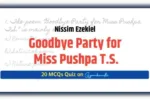











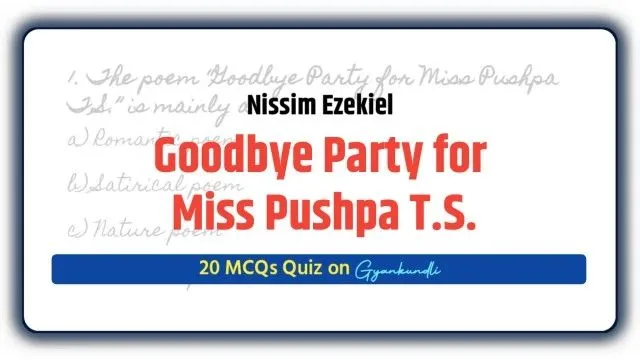

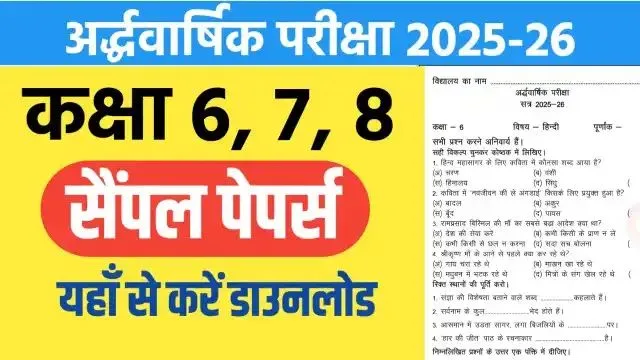
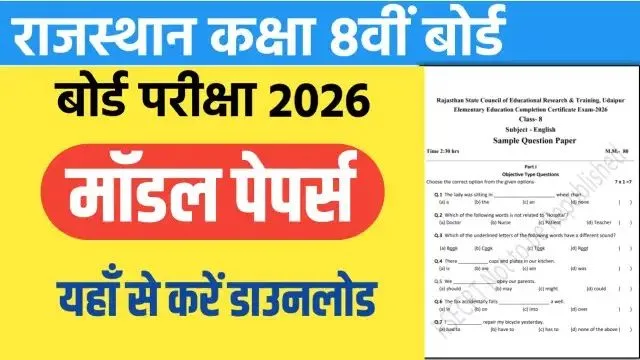
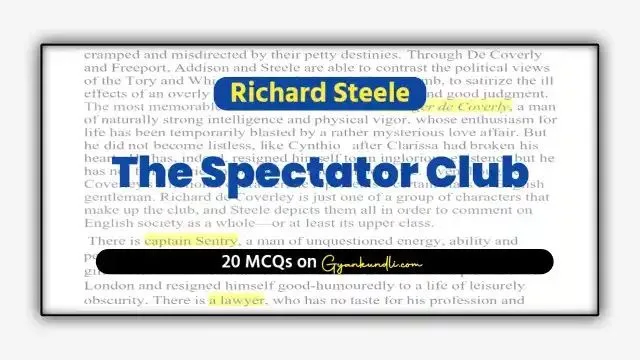


Good Job sir 👏🙏🏻🙏🏻🙏🏻
Thank you 😊